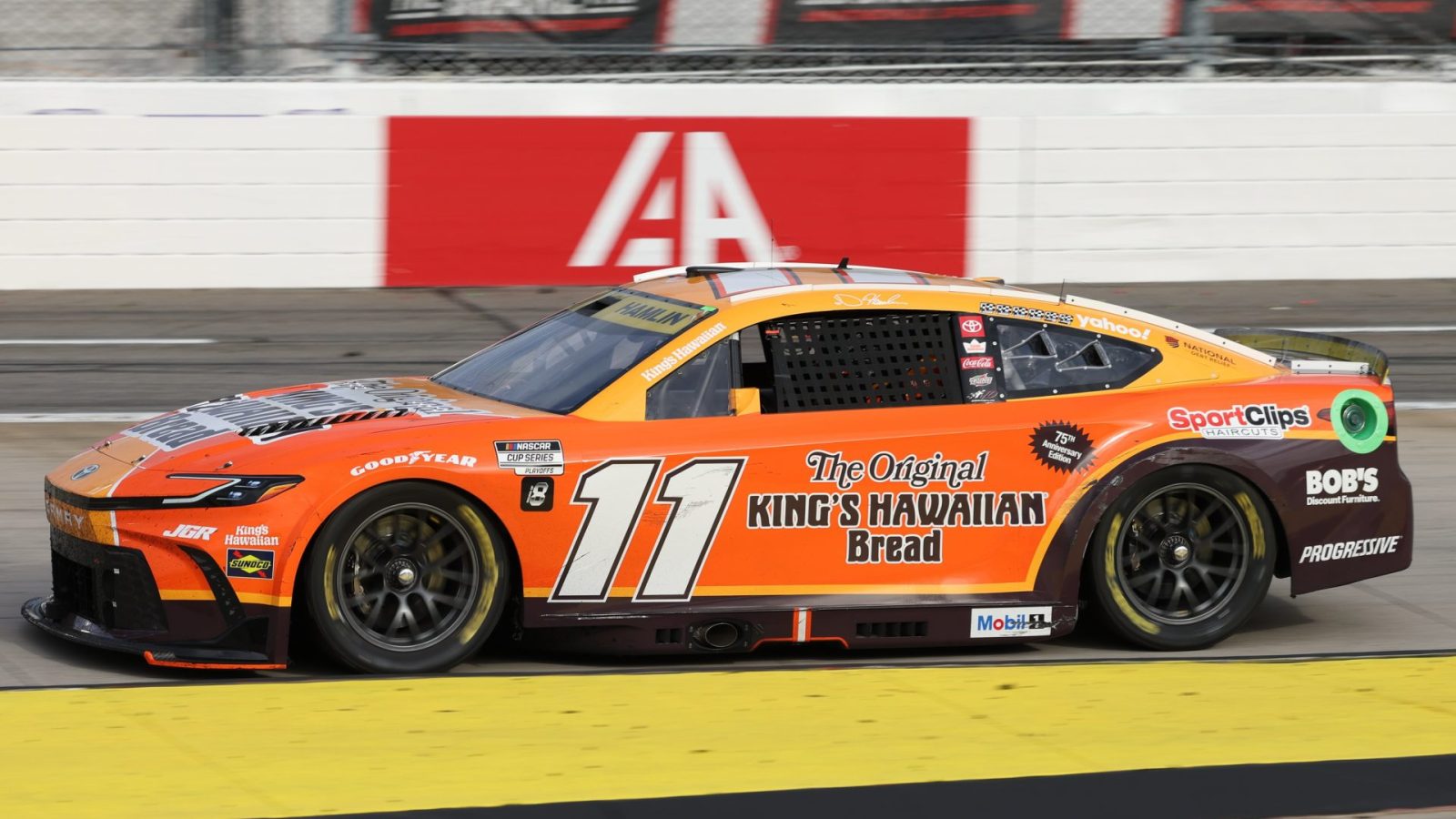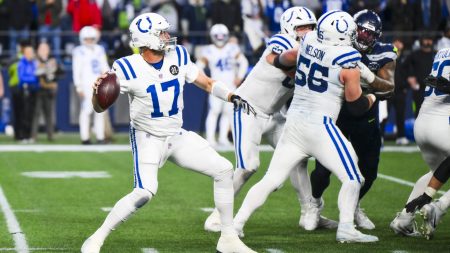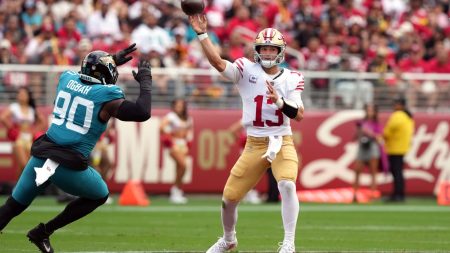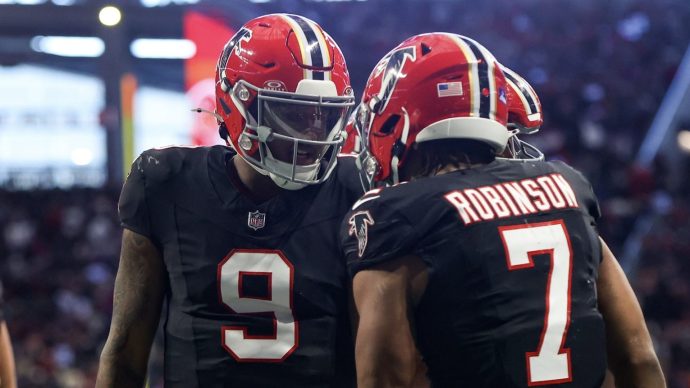Each week, the Props crew takes a look at the upcoming NASCAR slate from a props perspective. Further below, you’ll also find some key NASCAR DFS and betting advice that may help you become a sharper NASCAR player.
Which drivers should we be targeting with our NASCAR picks each week, and why? Find out below.
Best Apps in All States


Best NASCAR Props – Top NASCAR Weekly Picks
Hunting for top NASCAR Cup Series Championship prop bets? Our Props team has locked in their favorite NASCAR prop picks for Sunday’s race.
Let’s break down the best value plays on the board ahead of race day at Phoenix Raceway.
What It Takes to Win at Phoenix Raceway
Winning the Phoenix Raceway finale for the NASCAR Cup Series Championship Race demands more than just speed, it requires flawless execution under the highest pressure of the season. The 1-mile, low-banked tri-oval in Avondale, Arizona features turning zones with only 9° to 11° banking, a frontstretch “dogleg,” and concrete surface transitions, all of which punish drivers who overdrift, lose momentum, or mismanage tires.
Success here often goes to those who qualify well to gain early track position, sustain long-run balance, and make clean restarts in tight traffic.
Throughout its 312-lap format, strategy is critical: pit stop timing, managing tire fall-off, fuel windows, and avoiding the wall become as important as outright speed. It’s a finale that rewards mental discipline just as much as technical mastery, and only those who combine precision, consistency, and composure can emerge champion.
Who Won the NASCAR Cup Series Championship Last Year?
Joey Logano won last year’s NASCAR Cup Series Championship Race at Phoenix Raceway on November 10, 2024, securing his third career title. Driving the No. 22 Ford for Team Penske, Logano held off teammate Ryan Blaney in the final laps to take the checkered flag by a narrow 0.330-second margin. William Byron finished third, followed by Kyle Larson in fourth and Christopher Bell rounding out the top five.
Who Won Last Week’s Race?
Byron won the Xfinity 500 at Martinsville Speedway on Sunday, dominating the race by leading 304 of the 500 laps. He edged out Blaney in second and Chase Elliott in third, while Ross Chastain finished fourth and Larson rounded out the top five.
Denny Hamlin is a +400 favorite to win the NASCAR Cup Series Championship this year. Larson is at +500 and Byron is at +600.
Denny Hamlin Top 3 Finish
Hamlin’s experience, adaptability, and short-track precision make him one of the most capable drivers to have a Top 3 Finish or even win the NASCAR Cup Series Championship at Phoenix Raceway. Hamlin is known for his exceptional throttle control, braking finesse, and corner entry timing, traits that are essential on Phoenix’s flat, technical layout.
He thrives on tracks that require rhythm and patience, where managing tire wear and maintaining long-run consistency often separate contenders from the rest.
Hamlin’s deep understanding of how air flow and track temperature affect his car’s balance allows him to make subtle adjustments that pay off late in races. His success at similar low-banked ovals, including multiple top finishes at Phoenix, proves he can sustain speed and control throughout extended green-flag runs, giving him a consistent edge over less disciplined competitors.
Beyond his technical skill, Hamlin’s veteran presence and mental composure give him a psychological advantage in championship conditions. He has learned from past playoff heartbreaks and now approaches high-pressure situations with a calm, methodical mindset. His Joe Gibbs Racing team excels at delivering fast cars and flawless pit execution, crucial for maintaining track position when strategy defines the outcome.
Hamlin’s confidence on restarts, precision under braking, and ability to adapt mid-race to changing conditions make him an elite threat to at least have a Top 3 Finish. With a combination of racecraft, intelligence, and emotional control, Hamlin possesses everything necessary to succeed at Phoenix Raceway.
Pick: Denny Hamlin Top 3 Finish






